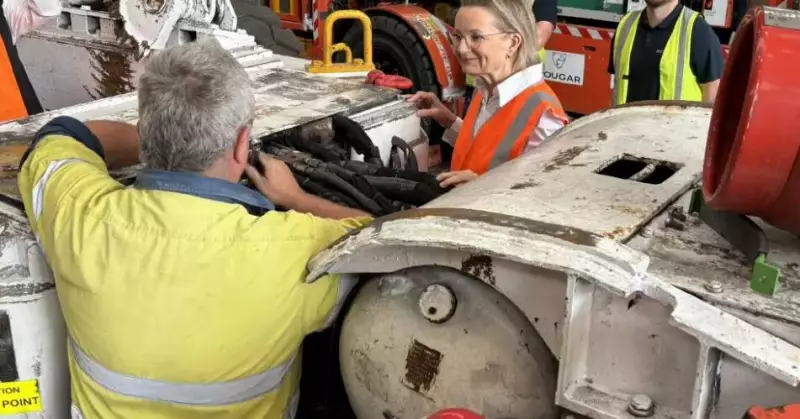
A dramatic power supply crisis at one of Australia's largest aluminium smelters has thrown the nation's energy transition into sharp focus, raising critical questions about the reliability of renewable energy and the path to net zero emissions.
The Night the Lights Nearly Went Out
Tomago Aluminium, the Hunter Valley's massive industrial powerhouse, faced an unprecedented emergency when its energy supply was suddenly threatened. The facility, which consumes a staggering 12% of New South Wales' electricity, came perilously close to complete shutdown as grid operators scrambled to prevent widespread blackouts.
"We were facing the very real prospect of having to shut down potlines," revealed Tomago Aluminium CEO Matt Howell. "Once that happens, the damage is catastrophic and irreversible."
Political Storm Over Energy Security
The incident has ignited a political firestorm, with Opposition Leader Peter Dutton seizing the opportunity to criticise the government's renewable energy push. "This is what happens when you rush to renewables without proper planning," Dutton declared, pointing to the crisis as evidence of Australia's fragile energy security.
However, Energy Minister Chris Bowen fired back, accusing critics of exploiting the situation for political gain. "The facts matter here," Bowen countered. "This was about coal-fired power station failures, not renewable energy reliability."
The Core Conflict: Reliability vs Transition
The Tomago crisis highlights the fundamental tension facing Australia's energy sector:
- Industrial demand: Massive operations like Tomago require constant, reliable power
- Aging infrastructure: Coal plants showing increasing unreliability
- Transition pace: Questions about how quickly renewables can replace traditional sources
- Economic implications: Potential job losses and economic damage from energy instability
What's Next for Australia's Energy Future?
As the debate rages, industry leaders and policymakers face urgent questions about balancing environmental goals with economic reality. The Tomago incident serves as a stark reminder that the transition to clean energy must ensure reliability for critical industries that form the backbone of regional economies.
With similar challenges likely to emerge across Australia's industrial landscape, the Hunter Valley power crisis may well become a defining moment in the nation's energy policy conversation.





